Beyond Bokeh: Fun With Apertures
Sarah Fox
Hi everyone,
I'm putting up a temporary page to show some of the results I've achieved with my modified Nikkor 105/2.5 on my EOS 5D. First, these are the mods. The photo on the left shows the disassembled lens. The friction wrench (white) has rubber grip pad material affixed to it by rubber cement. It was first used to unscrew the decorative retaining ring (lower left) and then the front cell (lower right). The top of the picture shows the empty cavity. in the front end of the lens. Note that the bottom of the cavity is flat, and the diaphragm lies just beneath. In the middle picture, I show a custom aperture cut from Cinefoil. It is taped to the back of the front cell with scotch tape. The lens element is slightly recessed and out of harm's way. The Cinefoil aperture fits within an area of approx 1mm clearance between the back of the front cell and the base of the cavity. The photo on the right shows the assembled lens with a custom slit-shaped aperture.
 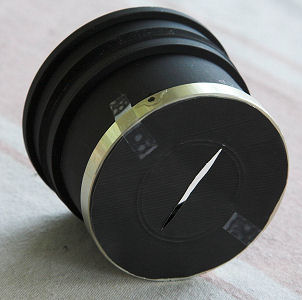 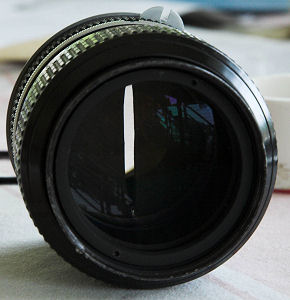
Here are some test images from the various apertures I fashioned. The shots over the water were taken at a distance of 5 ft and show a foreground subject of familiar size. The test shots of the flower show the lens' performance at minimum focal distance (w/o extension tubes). The background blur patterns may not be appropriate for the particular subject used; However, it is not hard to imagine how these backgrounds might be applied to other subjects. For instance, the cross pattern might be used effectively in situations where star filters are used (e.g. urban night scenes with incandescent lights). It is clearly a different and more dramatic effect, and it results in no image degradation at the plane of focus, unlike a star filter.
Bokeh pattern of Nikkor 105/2.5 on an EOS 5D at f/2.5. Photo to left is focused at 5 ft. Photo to right is focused at its minimum distance of approx 3 ft. The backgrounds are different, as seen in the next shots.
 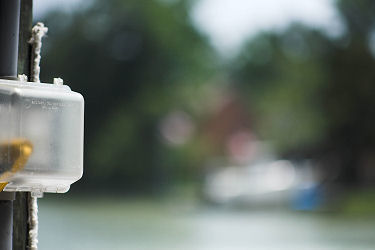 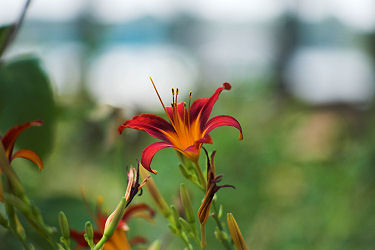
Bokeh pattern of Nikkor 105/2.5 on an EOS 5D at f/32.
 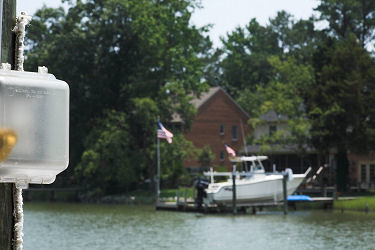 
Bokeh pattern of a vertical slit. The left photo shows the stop inserted into the lens. The focal pattern is similar to what a cat would see with its pupils constricted.
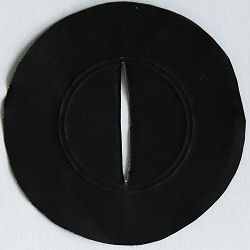 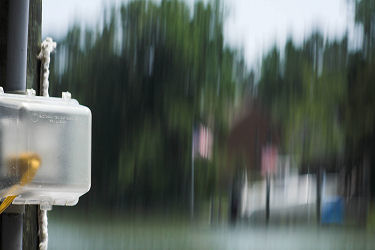 
Bokeh pattern of the same slit turned 45 deg from vertical.
 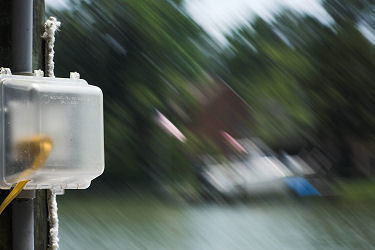 
Bokeh pattern of a cross-shaped aperture.
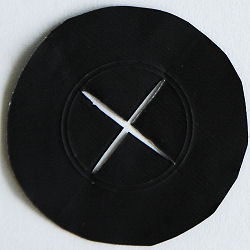  
Bokeh pattern of a three-hole aperture. Note the soft triple image in the background. This is a simple consequence of the divergence of the light patterns from the three holes, following the convergence of these patterns in front of the focal plane.
 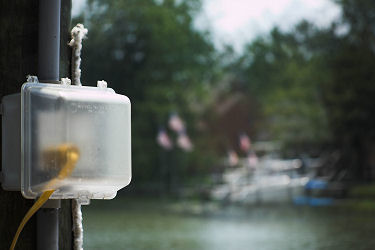 
Bokeh pattern of a three-hole aperture with smaller holes.
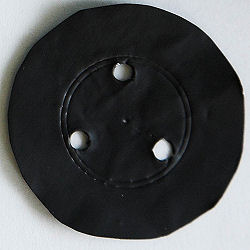 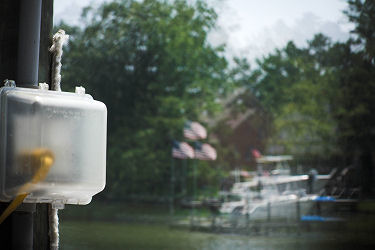 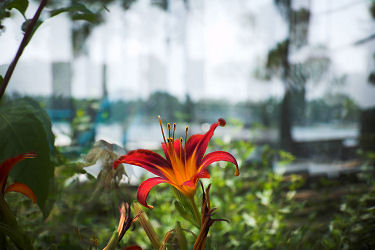
Extending from the above results, I thought it would be interesting to create multiple parallel blurs. In these test images, I have shown a horizontal slit orientation in the left-most photo and a vertical orientation in the right-most photo. It is interesting to contrast the right-most photo with the photo created with the single slit. This aperture creates a stronger pattern of streaks.
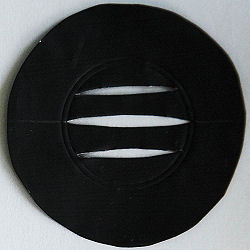  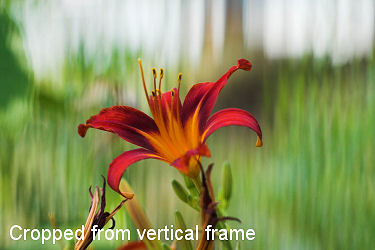
To soften the above effect somewhat, I tried a double wave pattern.
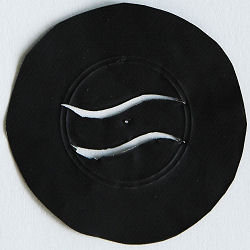 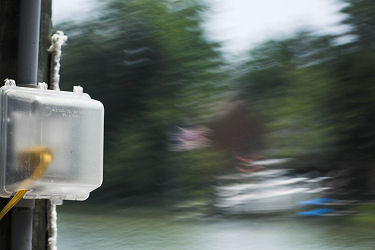 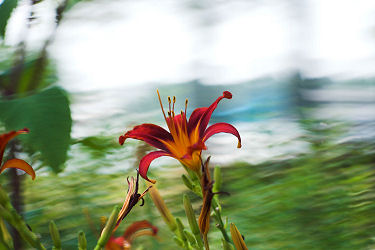

Links:
Home
Galleries
About Us
Photoediting Services
On-Location Services
Portraiture
Architectural Photography
Commercial Photography
Special Events
Web Design
Articles
Projects
FAQ
Contact
Site Map
Notice: All images and web content are copyrighted by Sarah Fox, Earline Thomas, and/or Graphic Fusion, will all rights reserved.
Printing or distribution of this material is prohibited.
| 
